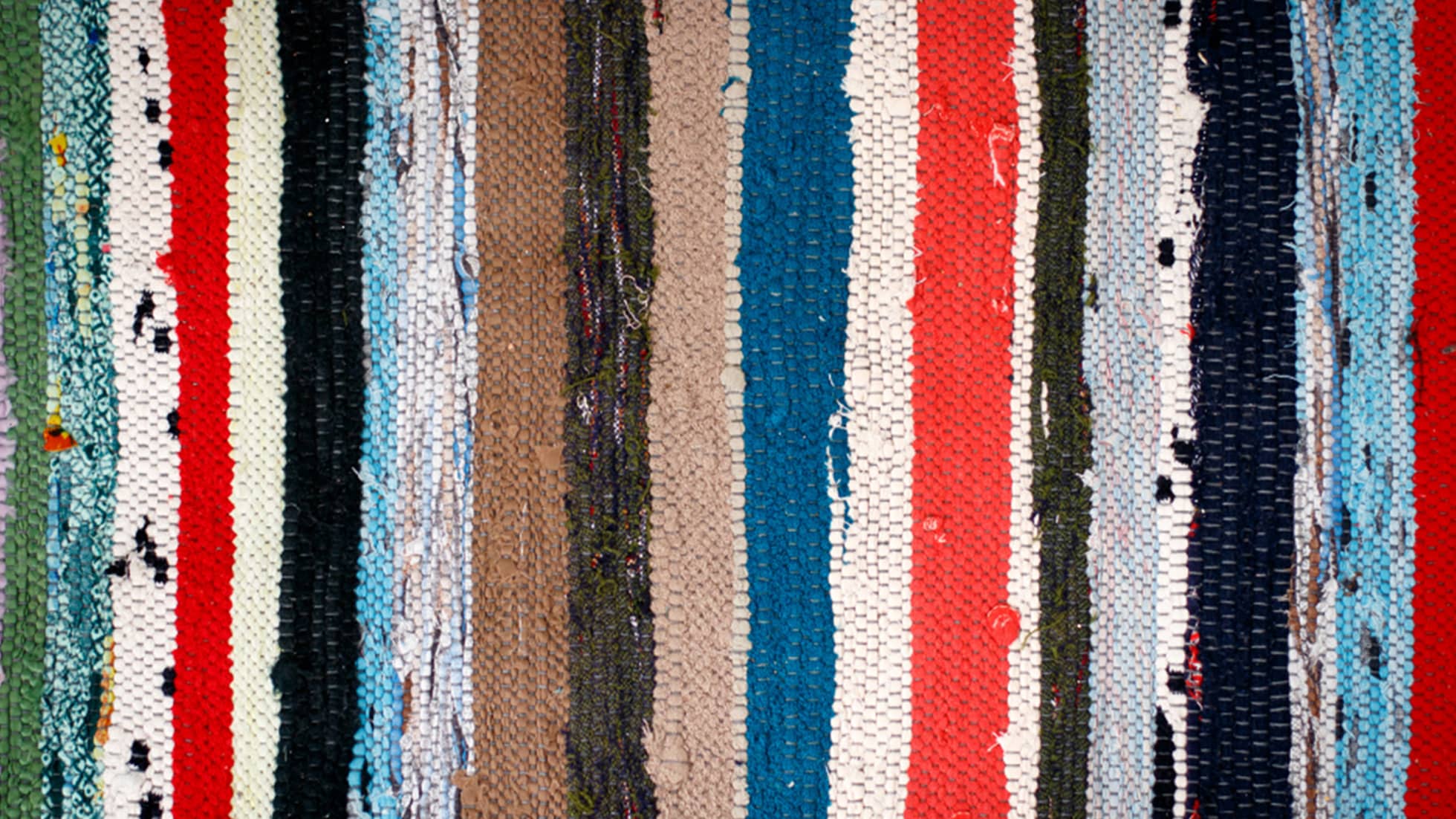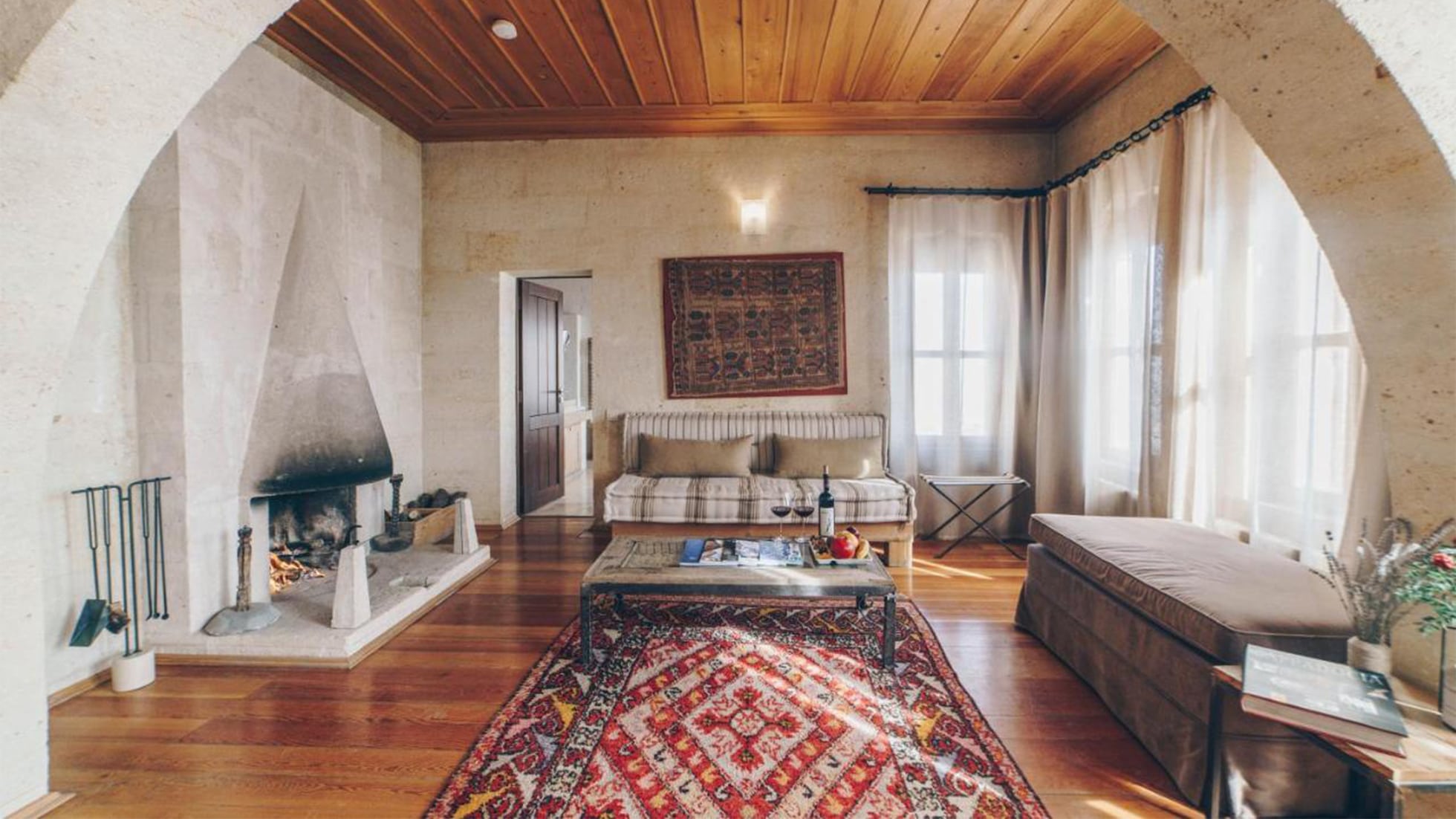
Turkish Women Breathe Life into Old Clothes, Weaving Chaput Rugs
Turkey's weaving heritage is deeply entrenched in its villages and districts, where the intricate use of flat-weaving looms prevailed for centuries. The practice of weaving has been a cornerstone of settlement traditions, actively upheld until the 1970s across numerous villages. Notably, alongside flat-weaves, shuttle looms were employed in weaving within family settings.
Known in literature as 'çapıt' but affectionately termed çaput weaving locally, this craft emerged as a beacon of sustainability during times of scarcity and excessive waste accumulation. It ingeniously repurposes worn-out fabric pieces, transforming rags and scraps into strips woven meticulously on looms. During challenging periods like wars and hardships, çaput weaving served as a lifeline, finding utility in homes as rugs, doormats, cushions, and pillows. However, with the advent of industrial fabrics, the practice gradually declined.
For the people of Turkish villages, çaput weaving was more than a livelihood; it was an intrinsic part of daily life and special occasions. These meticulously crafted weavings, often woven for bridal dowries, adorned homes as rugs, pillowcases, sofa covers, and prayer rugs. Their versatility extended to practical uses, accompanying individuals during fieldwork or offering respite during breaks. Additionally, these weavings doubled as storage and transportation solutions in the form of bags and pouches.
At the core of rag weaving lies its remarkable essence of recycling—wherein the resourceful use of old materials resonates as a testament to sustainability. The emotional connection fostered by sourcing raw materials directly from users is palpable in every loop of these weavings, harboring hidden narratives within homes and chests. Serving as a creative solution born from limited circumstances, çaput weaving has sustained its relevance over time.
Yet, societal shifts and the evolution toward a consumer-centric culture have somewhat diminished the emphasis on recycling and repurposing. However, in today's world grappling with escalating industrial waste, the resurgence of recycling, particularly through crafts like rag weaving, is imperative.

At Kilim Couture New York, we celebrate the heritage of çaput weaving by handpicking rare, exquisite chaput kilims, preserving their artistry and sustainability ethos. These meticulously curated pieces encapsulate the stories of Anatolian women, their creativity, and their commitment to sustainability.
Discover the timeless allure of çaput weaving—where tradition meets sustainability. Join us in honoring this rich Anatolian heritage, woven into each unique piece waiting to adorn your space.




Leave a comment
This site is protected by hCaptcha and the hCaptcha Privacy Policy and Terms of Service apply.